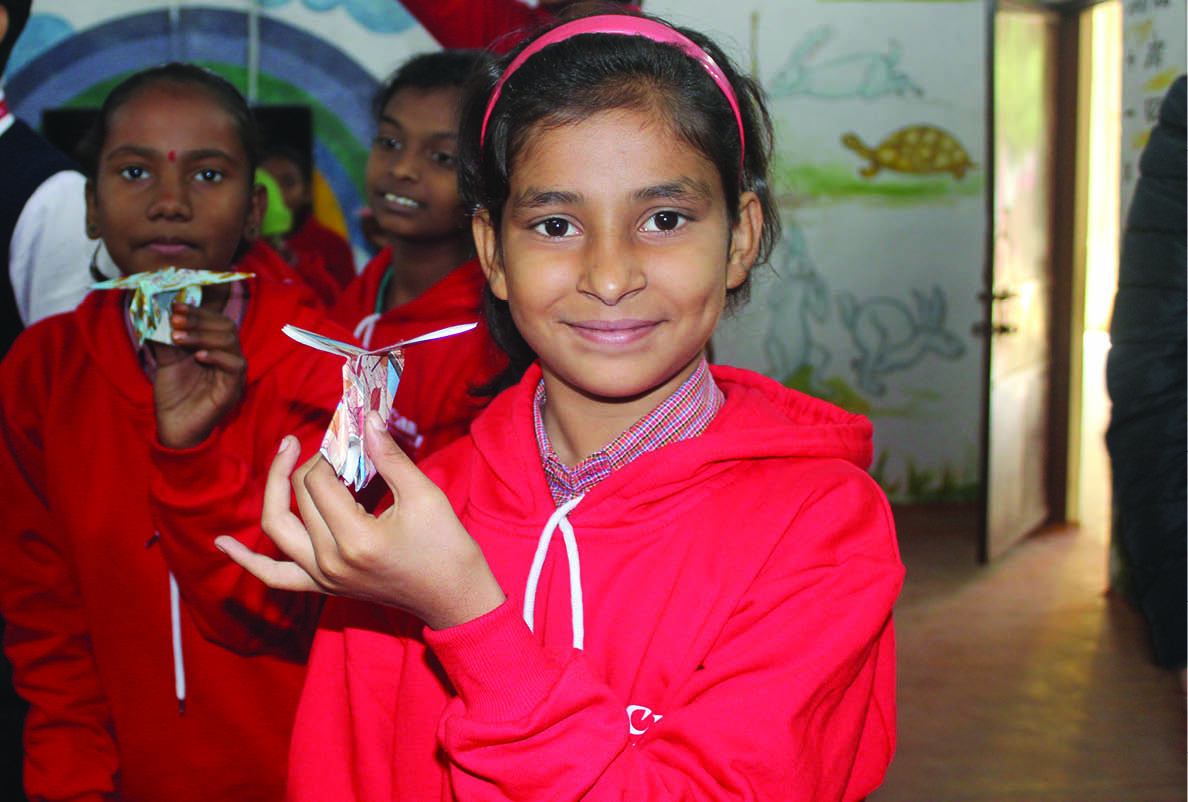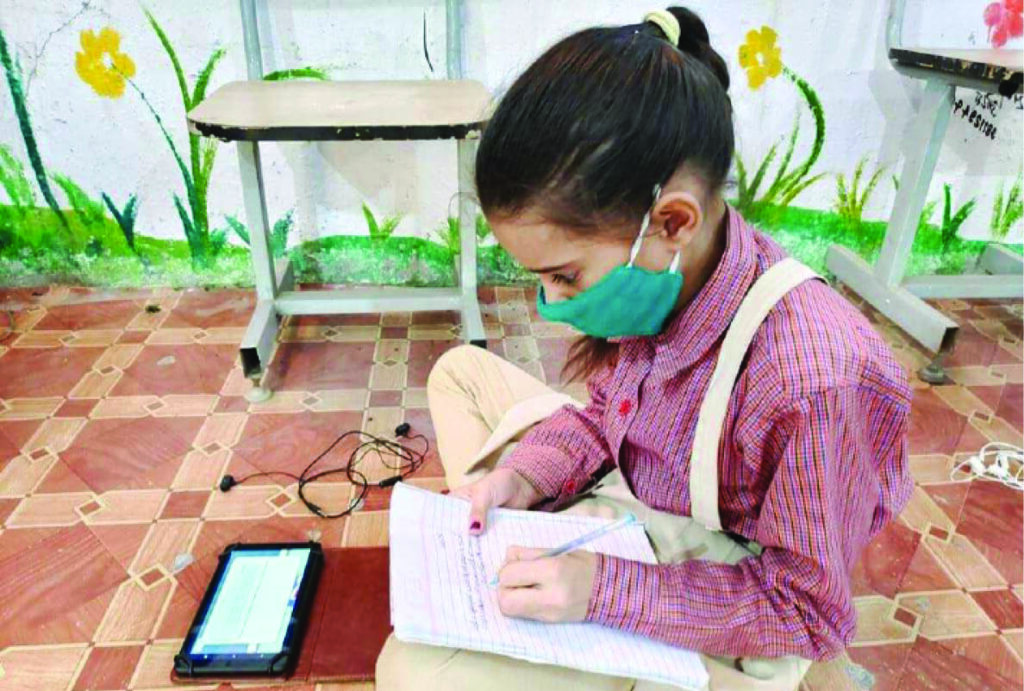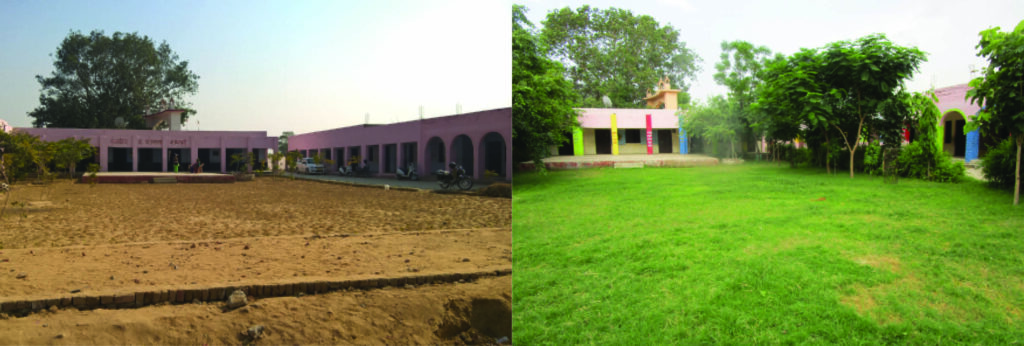Addressing the Development Divide

By Devyani Bhardwaj
Despite the 20% increase in the urban population in the last 50 years, India is a country of villages. Even today, 65% of the population resides in the villages. Yet the difference in the development scales of our urban–rural population is quite contrary.
According to the Niti Ayog report, “Cities in India occupy just 3.0% of the nation’s land, but their contribution to gross domestic product (GDP) is a massive 60.0%. … The full-time wage and salaried workers in India on an average earns 36% higher in comparison to their counterparts in the rural areas.” The report acknowledges that “there is a lack of synergy between urban and rural planning and development.”
The despair during the pandemic

During the COVID-19 lockdown, it became exclusively evident when we witnessed thousands of migrant workers walking back to their villages in despair. It exposed the harsh reality that people migrate to cities in search of livelihood opportunities.
If we look at the urban and rural planning documents, the difference in the planning approaches between the two is stark. While urban planning focuses on more prosperity, rural planning is struggling to deal with poverty, providing primary health care, awareness about hygiene and improvement of school education.
After the pandemic, digital space has become an inescapable part of everyone’s lives. It highlighted the digital divide between urban and rural India. According to an Oxfam India report from December 2022, “Only 31 per cent of the rural population uses the internet whereas 67 per cent of India’s urban population uses the internet.”
Four E approach to bridge the gap
Humana People to People India (HPPI) is implementing Adopt a Village Program in partnership with Canon India Private Limited (CIPL) to address the issues of inequality between rural and urban spaces. The programme focuses on four Es—Education, Eye care, Empowerment and Environment, and supports rural communities and systems to get better access to resources and opportunities. HPPI adopted Maheshwari village of Rewari district in Haryana in 2018 and continued implementing it till December 2022. Village community members, school teachers and the ex-sarpanch of the gram panchayat eagerly shared their experiences with the project in the village.
Satish Kumar, who is a teacher at Model Sanskriti Senior Secondary School in the village of Maheshwari for more than the last six years, shared the impact of the intervention with great enthusiasm. He showed us the digital classrooms where children learn to use computers from as early as class I, the recently painted school building, planted many trees in the school campus, the solar panels placed on the school roof for meeting the electricity needs of the school, the water recharge system established in the school and the renovated toilet facilities for the girls and the boys. He said with the improved school building and additional support through the intervention, the enrolment in elementary school has increased from 250 students to 370 students. The program also provided remedial classes to young girls during the COVID pandemic. The school has also been recognised as the Model Sanskriti School by the Haryana State Government.

Joginder sigh, the ex-sarpanch of the gram panchayat Maheshwari, said that when the project started in the village in 2018, we had a meeting with the HPPI and CIPL teams and shared the support required for the school. This included infrastructural support like the furniture, painting the school building, installing an RO plant and the need for digital classrooms. The project team provided all the support that we asked for. In the last five years, Adopt a Village Program has helped renovating the school, increasing student enrolments and improve the learning levels of the students. All this has contributed to the school getting recognised as a Model Sanskriti school by the state government.
Joginder added, “The project started providing digital training to youths in the village five years ago, much before the government did. There are many companies in and around the district and I am hopeful that students who get this training, will get ample employment opportunities.” The sarpanch also talked about the Eye care facility, which was not only provided to the school children but to the community as well. The project has organised cleanliness drives to keep the village clean and planted trees near the village’s pond and cremation ground. There is a saying “Ghee ghalyoda to andhere men bhi dikhega (if you add more butter, you can smell it in the dark)”, the work is clearly visible in the village.
Families getting benefits
Shakuntala Devi, a resident of the neighbouring village Gadhiala Rawal, planted a Nutri-garden in front of her house with the support of the project. She worked at the school in Maheshwari, where her son Akash was studying in class XII. Akash received project-organised computer training at the school. He learned typing, using software like Paintbrush, MS Word and Excel. Now, he has bought a desktop computer where he fills forms and helps others in taking online classes. He is able to search answers of difficult questions online. Since he has a computer at home, his younger sister is also able to use it. Shakuntala’s husband Charan Singh got his eyes tested through the project and recently received spectacles.

The project is working with Dr SB Singh, an ophthalmologist and eye surgeon. He visits the patients bimonthly for check-ups and prescribes medicines. Before each visit, the project team goes door-to-door to meet people for making them aware about eye care, identifying the people who need support and registering them for check-ups. Dr Singh confirmed that the project also provided free spectacles to people from BPL families. Initially, during each visit 20–25 patients consulted him. He treated them within the project limits and referred the people to the nearby government hospitals if the cases were more complicated or if surgery was required. Over the years, most people have received treatments, and the number of patients have reduced.
The impact
The project has multidimensionally impacted the lives of many in the village. The school in the village is now equipped with a playground, children have access to safe drinking water, solar electricity provides continuous electricity supply to the school and the school building looks new after the whitewash. In five years, 1,483 students attended e-learning classes and many got opportunities to go on excursion trips.
In five years, 3,159 people from the village visited the vision centre, 917 of them received free spectacles, 248 villagers were referred to the government hospital and 6 availed free eye surgeries. During the course of this project, 17 eye camps were organised. On an average, 368 people attended each camp. In the village, 835 saplings were planted over the years, 20 cleaning drives were organised and 75 kitchen gardens were established. Also, 228 youths benefitted from the computer classes organised for them to become job ready.
To bridge the gap in developing rural India, we need a holistic and sustainable approach. HPPI’s Adopt a Village project provided customised solutions to the people of Maheshwari village. We believe, one small change can have profound and lasting ripple effect.
For more Blogs visit here
